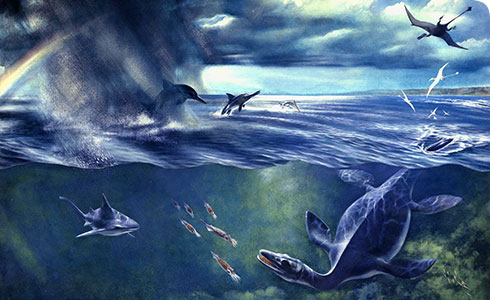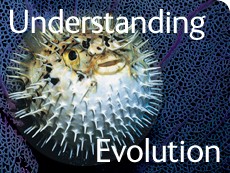Mass extinctions
More than 99% of all species that have ever lived on Earth are now extinct. The vast majority (over 95%) died out because they couldn’t compete successfully for food or other resources. Or they failed to adapt to changes in their local environment over tens or even hundreds of millions of years.
For the rest, something more dramatic happened. They perished during relatively short-term mass extinction events that killed off large numbers of species worldwide.
Find out about the big five extinction events that each eliminated over half of all species on the planet. Sometimes in less than a million years.
-

Surviving mass extinction
Explore why mass extinctions happen, how life recovers and whether some species are more likely to survive than others.
-

End-Ordovician mass extinction
The first of the traditional big five extinction events, around 440 million years ago, was probably the second most severe. Virtually all life was in the sea at the time and around 85% of these species vanished.
-

Late Devonian mass extinction
About 375-359 million years ago, major environmental changes caused a drawn-out extinction event that wiped out major fish groups and stopped any new coral reefs forming for 100 million years.
-

End-Permian mass extinction (the Great Dying)
The largest extinction event and the one that affected the Earth’s ecology most profoundly took place 252 million years ago. As much as 97% of species that leave a fossil record disappeared forever.
-

End-Triassic mass extinction
Dinosaurs first appeared in the Early Triassic, but large amphibians and mammal-like reptiles were the dominant land animals. The rapid mass extinction that occurred 201 million years ago changed that.
-

End-Cretaceous mass extinction
An asteroid slammed down on Earth 66 million years ago, and is often blamed for ending the reign of the dinosaurs. But is there more to the story?
Toolbox
The Great Extinctions book

What are the processes responsible for species extinction? And are we about to cause another mass extinction? Find out in this in-depth guide by Museum expert, Professor Norman MacLeod.

